We talk to Professor Christopher Barner-Kowollik, head of the Macromolecular Architectures group at the Karlsruhe Institute of Technology.
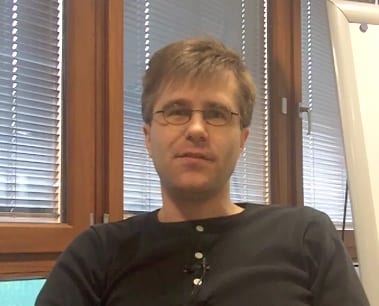

We talk to Professor Christopher Barner-Kowollik, head of the Macromolecular Architectures group at the Karlsruhe Institute of Technology.
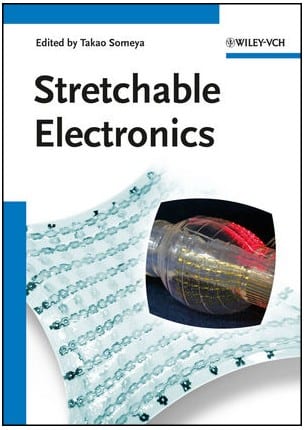
Want to win a copy of Stretchable Electronics, edited by Professor Takao Someya? Then tell us what you think about materials science!
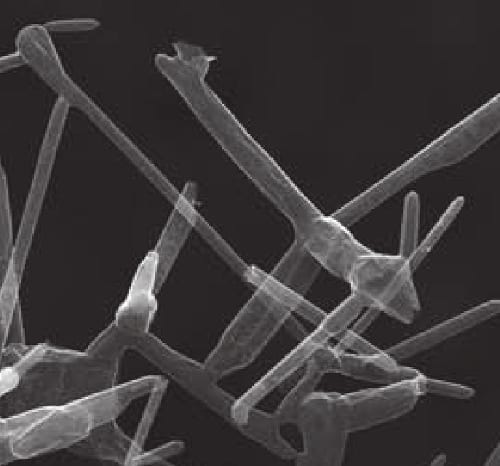
A German materials science lab have reported the fabrication of a new material that breaks the record for lightest solid.
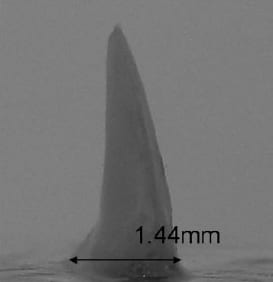
How does Arapaimas gigas survive coexistence with the predatory piranha fish? The answer has implications for materials technology.

Researchers at the University of Michigan have developed a new system that uses dye-loaded nanoparticles to tag brain tumors for removal.
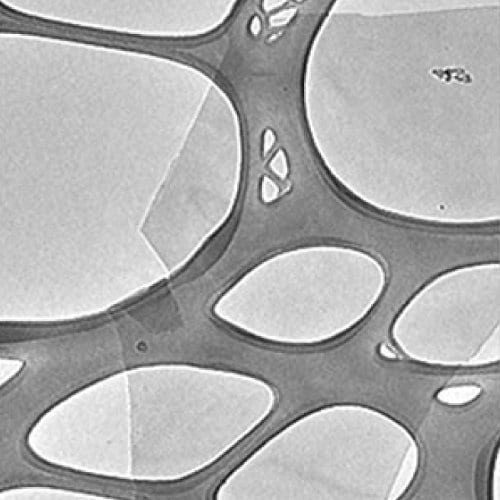
A new process can create large numbers of single-layer nanosheets quickly and efficiently, applicable to any suitable bulk material.
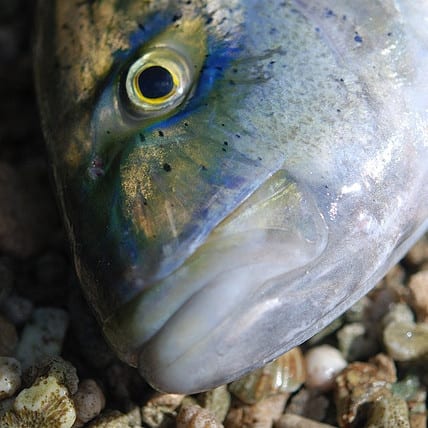
Fish aren’t just for eating; their scales could also act as an excellent protective material, say a group of researchers.
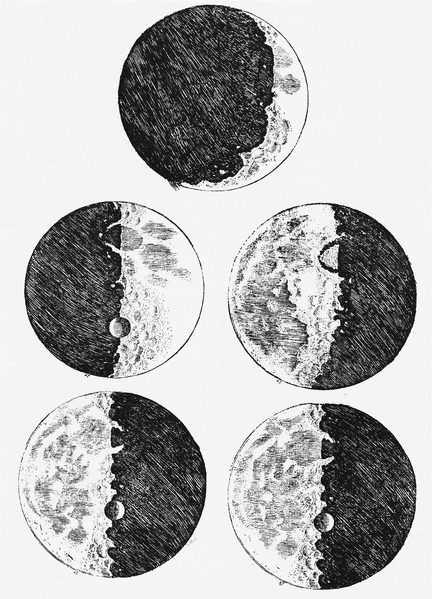
A materials scientist, a graphic designer, and a cognitive psychologist have produced a brief guide on how to prepare scientific figures.

Following on from his selection as the recipient of the 2011 RSC Barrer Award, Professor Geoffrey Ozin has been awarded the 2011 Albert Einstein World Award of Science.
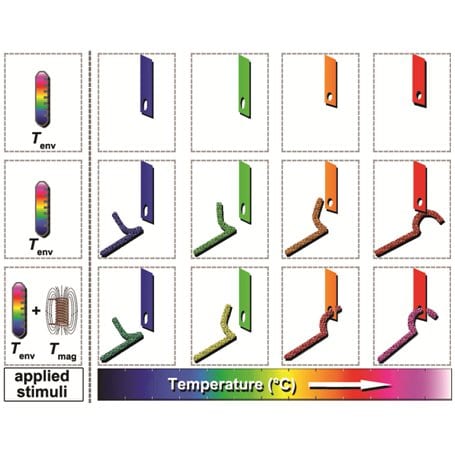
The development of materials with magnetically adjustable properties has been presented by a German research team from the Helmholtz-Zentrum Geesthacht (HZG) Centre for Biomaterial Development in Teltow.